This morning, November 25, Minister of Education and Training Nguyen Kim Son, authorized by the Prime Minister, presented the Decision on investment policy for the National Target Program on modernization and improvement of education and training quality for the 2026-2035 period.
Accordingly, the total resources mobilized to implement the Program for the 2026-2035 period are about VND 580,133 billion. Of which, the central budget capital is about VND 349,113 billion (accounting for 60.2%); the local budget capital is about VND 115,773 billion (accounting for 19.9%); the counterpart capital of vocational education and higher education institutions is about VND 89,073 billion (accounting for 15.4%); other legally mobilized capital is expected to be VND 26,173 billion (accounting for 4.5%).
The program is expected to be divided into two phases. The total resources mobilized to implement the program in the 2026-2030 period is at least VND 174,673 billion; in the 2031-2035 period, about VND 405,460 billion.
The 2026-2030 period's objectives focus on resolving the limitations and challenges that have arisen in the past; implementing and completing all or part of a number of key objectives that require support from the state budget set out by 2030 in Resolution No. 71-NQ/TW and related regulations. The 2031-2035 period continues to develop and implement the tasks and objectives set out by 2035.
The program aims to standardize and comprehensively modernize the education and training system, create a fundamental and strong change in the quality of education and training, expand learning opportunities for all people, ensure fairness in access to education, the right to lifelong learning; increasingly better meet the needs of human resources, especially high-quality human resources, for the country's rapid and sustainable development in the context of globalization, science - technology , innovation and digital transformation.
By 2030, at least 30% of schools will pilot smart schools.
The program strives to achieve 4 groups of targets by 2030. Specifically, in terms of facilities, gradually standardize and solidify 100% of schools and classrooms; strive to invest in at least 30% of general education facilities with enough teaching equipment to teach English through a number of subjects and teach a number of subjects in English.
Regarding vocational education, key investment is being made in 18 vocational colleges to gradually form 6 national centers and 12 regional centers to train highly skilled human resources in technical and technological fields and fields serving national strategic and key programs and projects; investment is being made in about 30 vocational colleges to train in key and spearhead occupations for regional and local socio-economic development.
Regarding higher education, gradually invest in standardizing and modernizing technical infrastructure, expanding development space for higher education institutions to operate effectively. Focus on investing in upgrading facilities, laboratories, building excellent training and research centers at key institutions and teacher training institutions. Strive to invest in modernizing about 8 key public higher education institutions to be among the top 200 universities in Asia and at least 1 public higher education institution to be among the top 100 universities in the world in a number of key areas; strive to invest in comprehensive modernization of about 30 public higher education institutions, prioritizing key schools that train high-quality human resources and postgraduate training associated with scientific research...
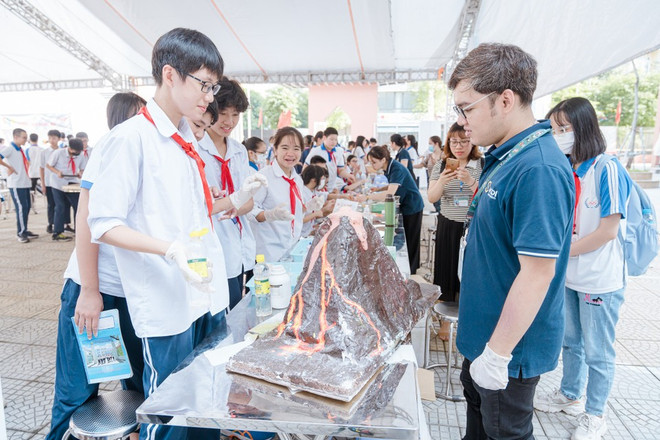
Regarding the staff, the program also aims to invest in supporting the improvement of the quality and capacity of the teaching staff, educational managers and learners. Strive for at least 30% of general education institutions to have teachers qualified to teach a number of natural science and STEM/STEAM subjects in English and pilot teaching in English as a second language in a number of subjects; pilot a school model to develop creativity, critical thinking and international integration with at least 30% of preschool and general education institutions piloting a smart school model applying digital technology and AI in management, teaching and learning, integrated teaching of STEM/STEAM, teaching natural science and STEM/STEAM subjects in English.
The program also aims to develop talents, start-ups, innovation and comprehensive development of learners with targets such as striving for 50% of general education institutions to build and operate a talent incubation ecosystem; 50% of general education institutions to have trained start-up consultants; 70% of vocational and university education institutions to operate a creative start-up ecosystem; at least 70% of students to participate in at least 1 sports, cultural and artistic activity; 50% of educational institutions to have regularly operating sports and cultural clubs; 50% of students to participate in at least 1 community service activity or project, contributing to the formation of qualities, capacity and social responsibility.
English as a second language by 2035
By 2035, the program aims for 100% of preschool and general education facilities to meet standards in terms of facilities and adequate teaching equipment to implement English as a second language in schools.
Regarding vocational education, complete the network and invest in about 60 high-quality vocational colleges to reach the level of ASEAN countries; 6 schools to reach the level of developed countries in the G20 group (selected from schools invested in to become national centers and regional centers).
Regarding higher education, the program continues to invest to complete 100% of public higher education institutions in the planning to meet standards by 2035; synchronously invest in a number of key public institutions to train high-quality human resources and postgraduate training in the fields of basic sciences, pedagogy, health, engineering and technology, especially strategic technology and priority technology of Industry 4.0; invest in and form innovation and startup centers at public higher education institutions.
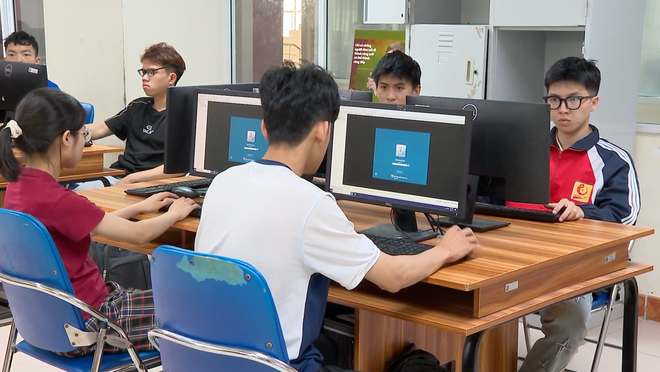
Regarding the team of teachers, continue to improve quality and capacity such as developing specialized capacity in applying digital technology, interdisciplinary teaching and capacity to organize teaching in English for science subjects; build a team of core experts capable of leading pedagogical innovation locally and system-wide; perfect and replicate the educational innovation model to develop creativity, critical thinking and international integration that has been successfully piloted in the 2026-2030 period.
The program is expected to include 5 projects: the project to ensure facilities and equipment to meet the requirements for implementing the preschool and general education programs (the Ministry of Education and Training guides, the People's Committees of the provinces organize the implementation, with a total capital of 202,000 billion VND). The project to modernize vocational education to increase the scale and improve the quality of skilled human resources with a total capital of more than 59,700 billion VND. The project to strengthen facilities for higher education institutions; invest in upgrading and modernizing key higher education institutions to be on par with the region and the world, with the capacity to train high-quality human resources, make breakthroughs in science and technology development, innovation, and digital transformation (investment capital of 277,000 billion VND).
Project 4: Developing a team of teachers, managers of educational institutions, training institutions and learners in the context of digital transformation, international integration and comprehensive innovation of education and training (investment capital of 38,800 billion VND). Project: Inspection, supervision, evaluation, training, coaching and organizing the implementation of the Program (investment capital of 2,590 billion VND).
Reporting on the project review, Chairman of the National Assembly's Committee on Culture, Education and Social Affairs Nguyen Dac Vinh said the Committee basically agreed with the Government's proposal on the name, beneficiaries, total central budget investment, goals and component projects of the Program.
However, the Committee recommends prioritizing the central budget for key investments; allocating capital close to the target and disbursement capacity, ensuring feasibility and efficiency.
Regarding local budgets , it is necessary to clarify the basis for determining the proportion and structure of counterpart funds from local budgets; encourage localities with high budget revenues to proactively arrange investment for education. The review committee also believes that the proportion of counterpart funds for universities and vocational training schools as proposed by the Government is very large and unreasonable, and it is necessary to clarify the basis for the proposal.
The Committee also proposed clarifying the basis and feasibility of determining the total amount of other legally mobilized capital to implement the program; increasing the mobilization of other capital sources to reduce pressure on the state budget and at the same time reviewing to avoid duplication with existing programs and projects./.
Source: https://www.vietnamplus.vn/de-xuat-dau-tu-hon-580000-ty-dong-hien-dai-hoa-nang-cao-chat-luong-giao-duc-post1079104.vnp








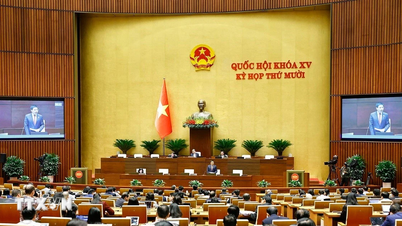

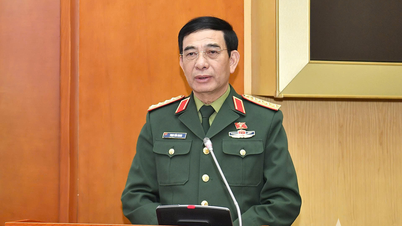

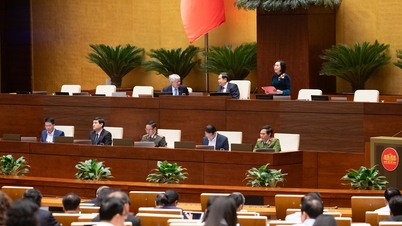

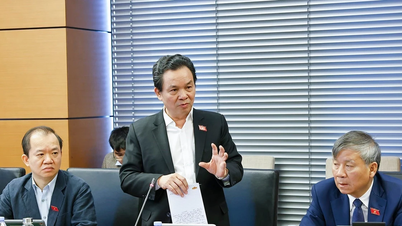
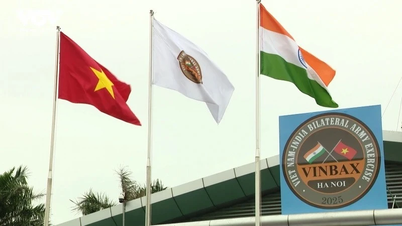
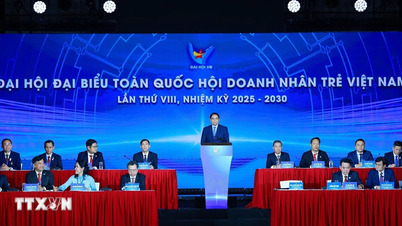












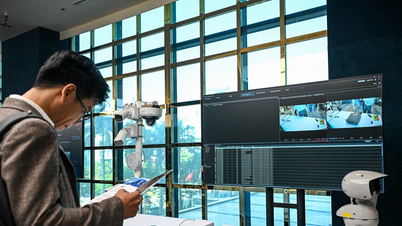











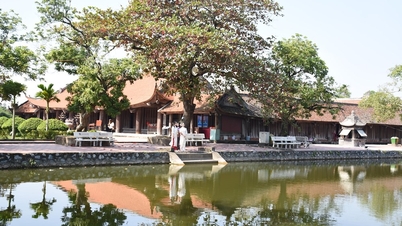


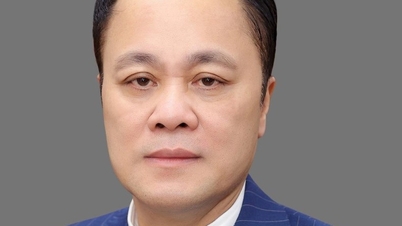

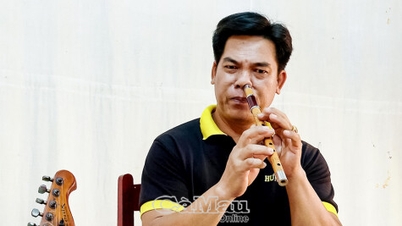



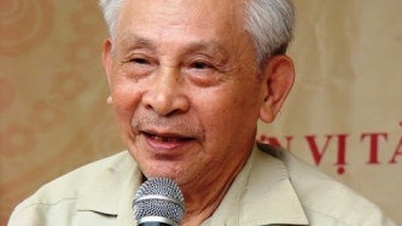

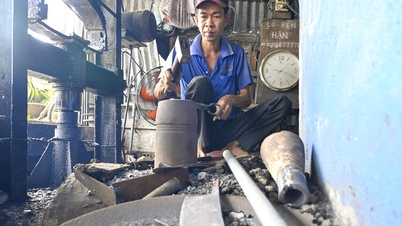



















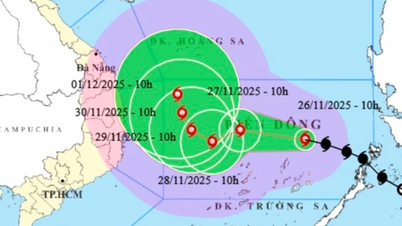
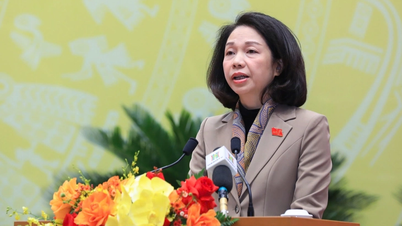

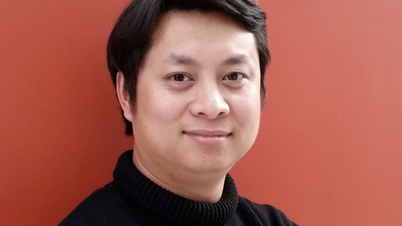


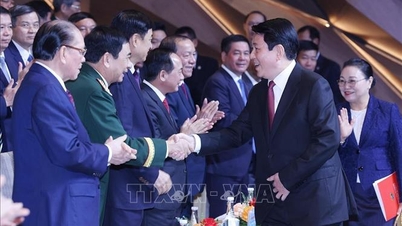



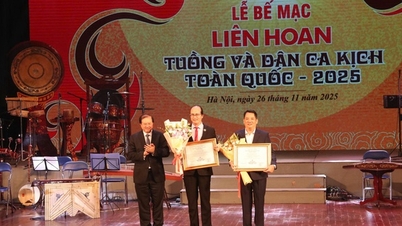
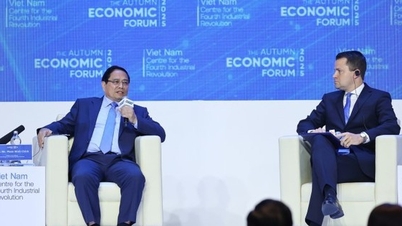


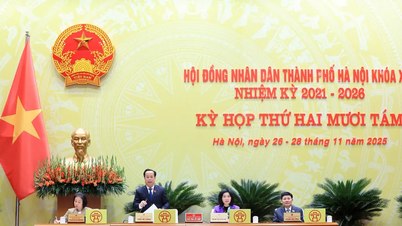

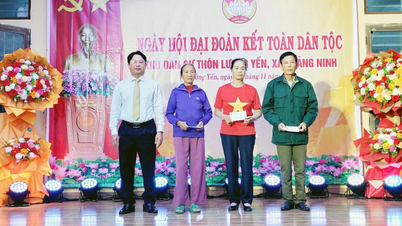



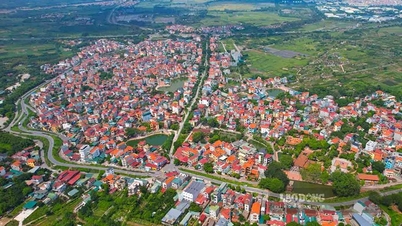

















Comment (0)